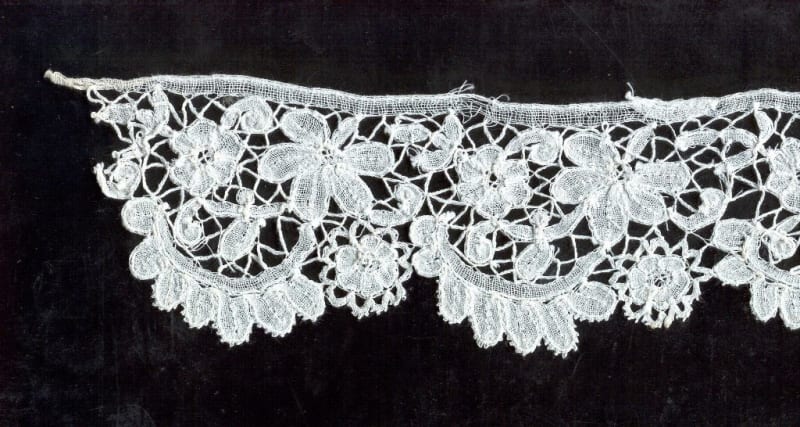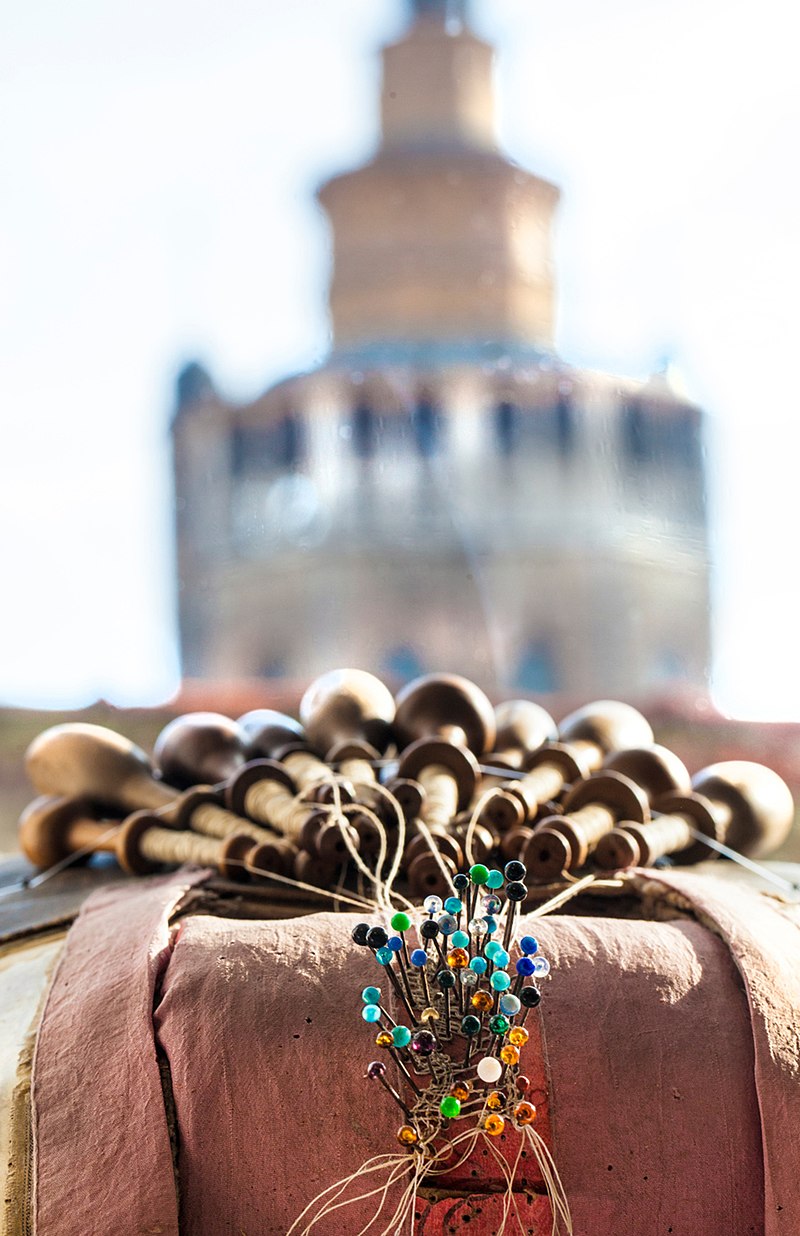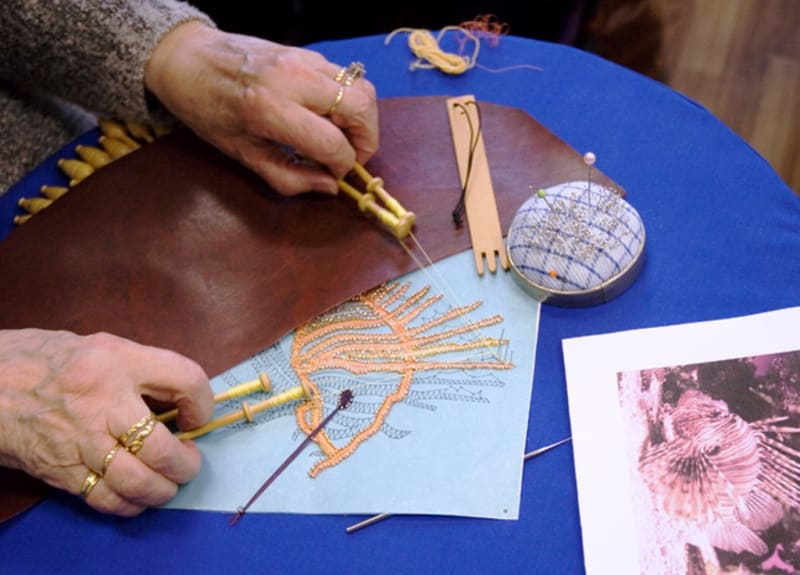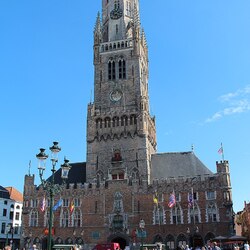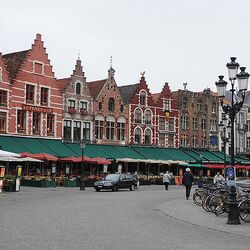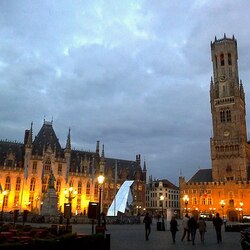Lace Museum in Bruges
The Lace Museum in Bruges was built as a tribute to the fact that lace saved many urban families from poverty and hunger. Everyone knows the well-established phrase "Brussels lace", but historically, it was the people of Bruges who were the first in Belgium to weave the finest works of art.

The history of lace
Before proceeding to the description of the Lace Museum in Bruges, you should tell the background. At the beginning of the 18th century, in 1717, the city of Bruges was not going through its best days. Then the local bishop decided to help the population who needed to earn money. For this purpose, the nuns of the order of the Assembly of the Apostolic Sisters undertook to teach women how to weave lace. The weaving process took a lot of time and required painstaking work. During the working day, the craftswoman could weave only a few centimeters of valuable fabric. That is why lace was so highly appreciated and soon won the hearts of the court ladies of France and England.
In continuation of the topic
The Lace Museum in Bruges says that different regions of Flanders had their own peculiarities of lace production. In Bruges, linen threads of different thicknesses were used for work, they were woven into beautiful floral ornaments that were combined into whole canvases. To create her masterpieces, each craftswoman used a weave of at least 300 threads, which are wound on sharpened bobbins. In some products, the number of such threads reached up to 700.

In England, the demand for Belgian lace exceeded all possible limits, because of this, local manufacturers suffered, so the authorities banned its import. But this did not significantly reduce his attractiveness, lace fabrics were smuggled into the country, they even came up with a special designation for his disguise, they called him "angleterre". In some regions of Flanders, lace continues to be woven according to old traditions, and this skill is still highly appreciated today.
The Lace Museum in Bruges
It was opened in 1970, it tells the story of this amazingly complex, but also amazingly beautiful needlework. The oldest exhibits of the 17th and 18th centuries are kept here under special protective glasses, but everyone can look at them.
There is a shop at the Bruges Lace Museum where lace can not only be touched, but also purchased. In addition, the museum is actively engaged in educational work: it conducts master classes and trains everyone who wants to work with fine linen threads. Albums and magazines are also released here, which introduce ordinary people to lace weaving.
Visiting the Lace Museum in Bruges will be interesting for those who are not indifferent to needlework, while the rest can simply admire the work of Belgian craftsmen.
